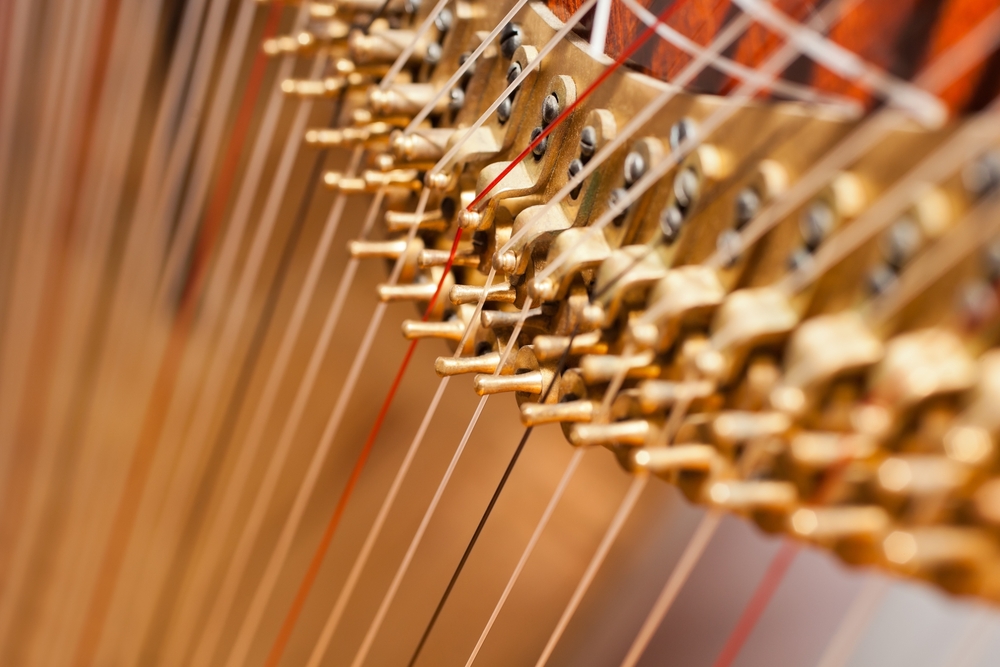SSZTBS0 December 2015

High-definition audio is becoming easier to access through a number of new devices and services that offer the highest-quality sound and content. You have likely heard of the ongoing wireless high-fidelity audio craze (hi-fi, Wi-Fi), with consumers demanding high-quality audio that they can stream over Wi-Fi from any room in their home. You may have also seen that new streaming services offer CD-quality or better audio content that just wasn’t available before. It is clear that the popularity of the CD is quickly becoming a thing of the past, and it’s time to deliver higher-quality sound that both the casual listener and audiophile demand.
This is the first post in a four-part blog series where I’ll discuss the demands of delivering high-quality audio in relevant form factors, I'll examine what high quality audio is and also how to address it.
High-quality or high-definition audio is more than just music enjoyed by Golden-Ear audiophiles; it is a way for everyone to have a more immersive experience. With high-quality audio, you will feel as if you are in the same room or venue as a musician, or watching a movie in a different world.
Here are key parameters that make the biggest impact when designing high-quality audio systems.
- Output power – higher output power means louder audio; however, peak output power for quick audio transients is also important to maintain audio linearity.
- Bandwidth, sample rate, bit rate – higher bandwidth is important to deliver the smallest details of sound at the highest frequencies. For example, at a 40kHz sample rate, a 20kHz audio signal will have two samples per cycle. At a 192kHz sample rate, a 20kHz audio signal will have nine to 10 samples per cycle. Whether it is in the analog or digital domain, more bandwidth enables more audio detail.
- Total harmonic distortion (THD) – a measurement of distortion that measures the linearity of an amplifier, but more important the ability to accurately reproduce an audio recording. The lower the THD, the better the audio performance.
- Noise and signal-to-noise (SNR) ratio – this is the amount of noise or the ratio of signal to noise that an amplifier can deliver. The lower the amount of noise, the less “hiss” sound on a speaker.
In addition to audio requirements, there are a few power and form-factor requirements to consider:
- Efficiency or power consumption – the lower the on-chip power dissipation, the smaller the solution size. Class-D amplifiers offer the highest efficiency and likewise the smallest size.
- Idle power consumption – amplifiers should not only be efficient at maximum output power, but also at low output power. Audio generally has lower output power with high peak-power requirements.
- Audio source – the audio source is important because it determines the input audio quality. Which medium is the source coming from? Is the input a Blu-ray disc, Wi-Fi, Bluetooth® or something else?
I have found that the TPA325xD2 family of high-performance Class-D audio amplifiers improves the audio performance for hi-fi devices. The TPA3251D2 class-D amplifier has a closed-loop architecture, which enables higher bandwidth and lower distortion audio than other high-power Class-D amplifiers. During my own personal listening tests, it sounded comparable to some of the highest-end audio amplifiers available on the market. The table below shows a few of the systems I listened to when I did my listening test.

|
The TPA3251D2 delivers the performance of a Class-A or AB amplifier with the size and efficiency of a Class-D amplifier, which can benefit end-equipment’s such as AVR’s, Sound-Bars and Home-Theater-in-a-Box.
Just like the listening tests I did, CES2016 attendees will be able to hear the difference in sound quality this January. The TPA3251D2 will be featured in the TI Village, located in rooms N115-N120 at the Las Vegas Convention Center North Hall. Please stop by if you will be attending CES. For everyone else, check back as I explore the benefits of recent Class-D amplifier trends, because it is obvious hi-fi audio is changing the way we listen.
Additional Resources
- Search TI’s entire audio portfolio.
- Read the TPA3251D2 data sheet.
- Check out the TPA3251D2D2 PurePath™ ultra-HD evaluation module.